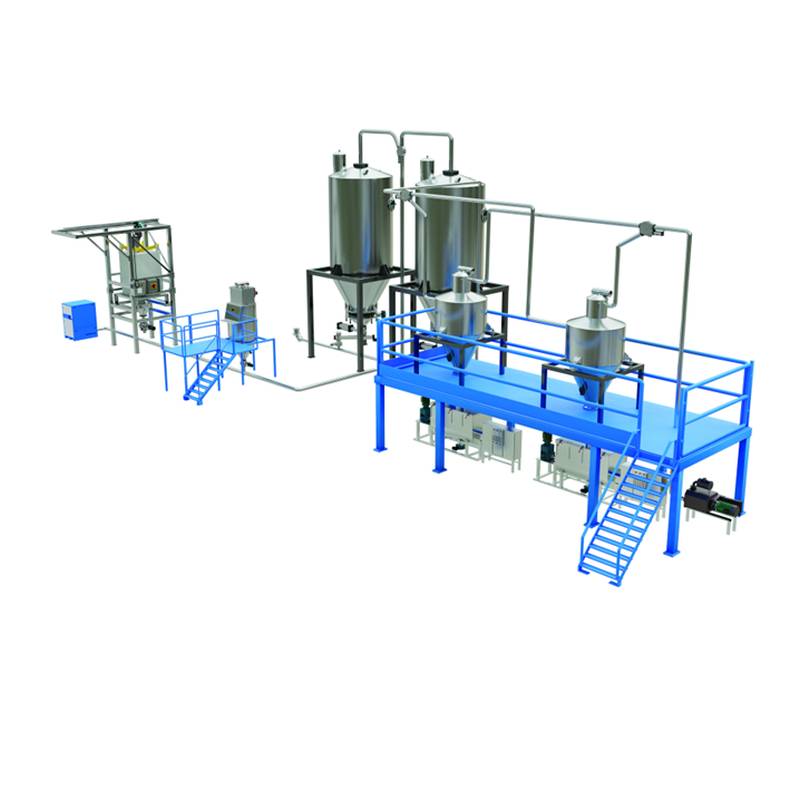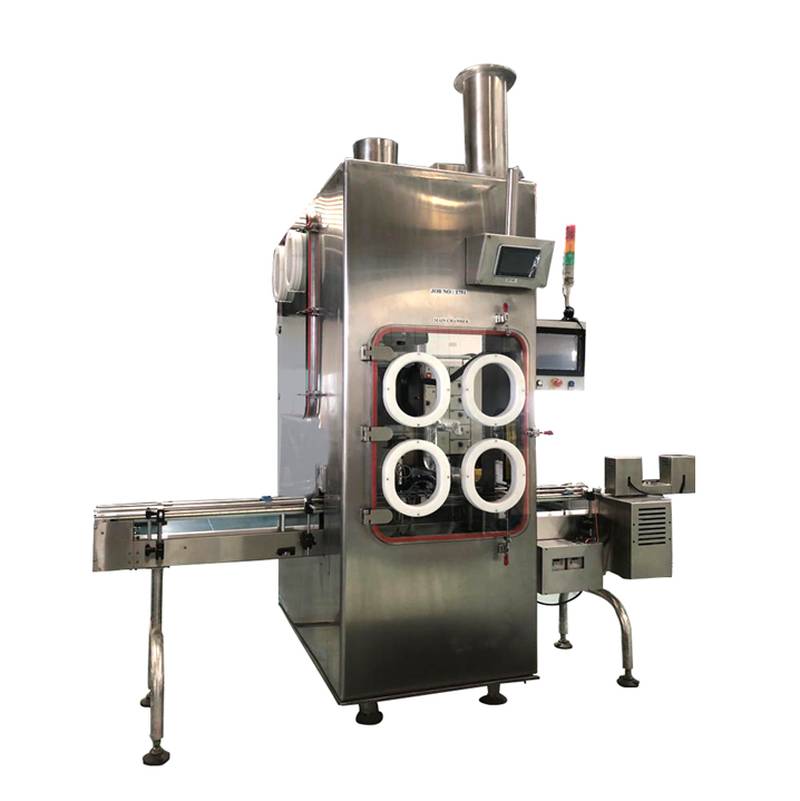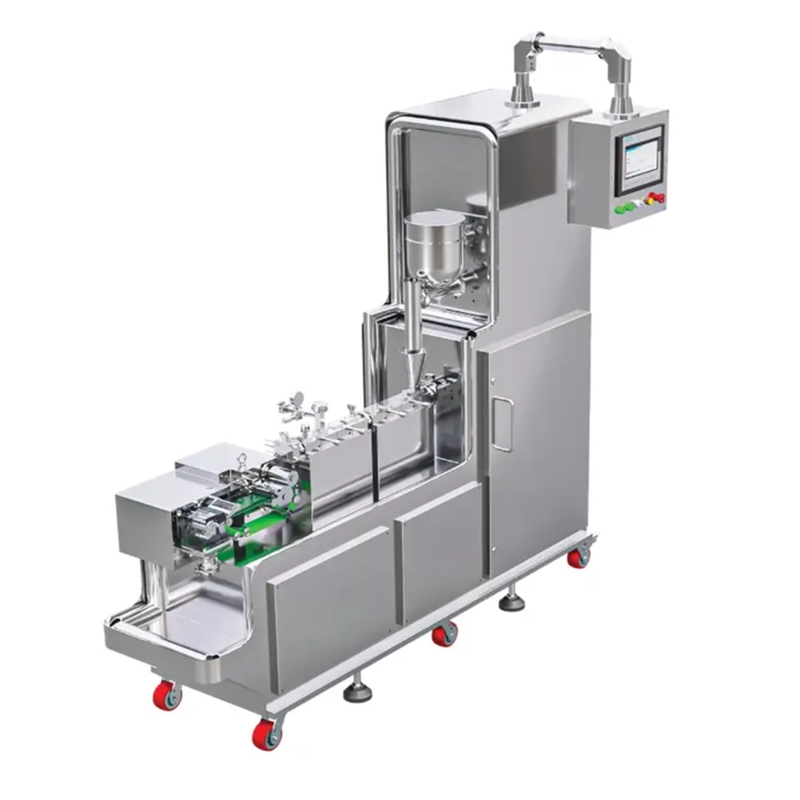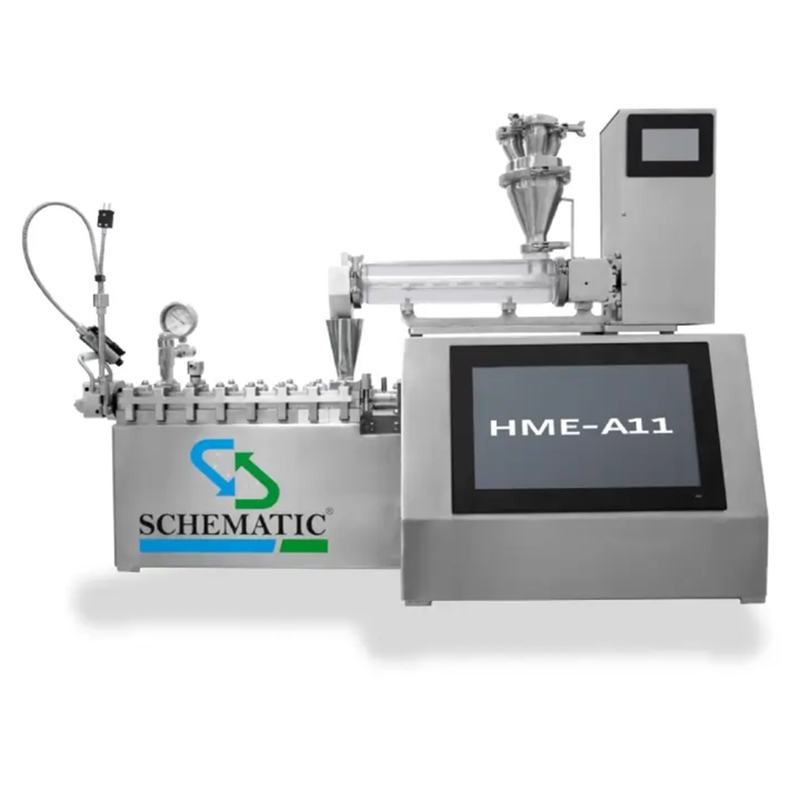Food and Beverage
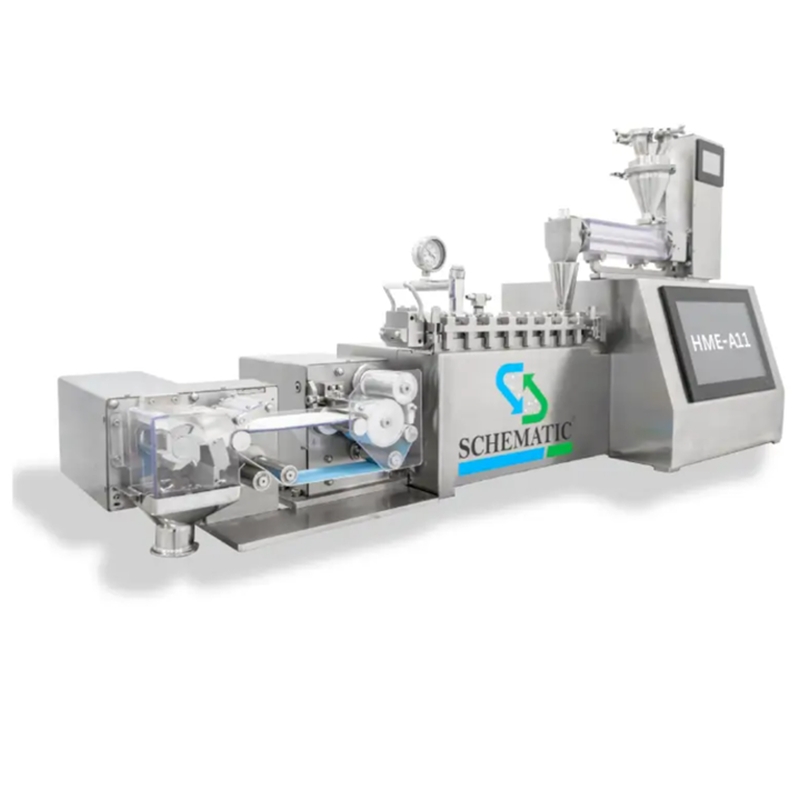
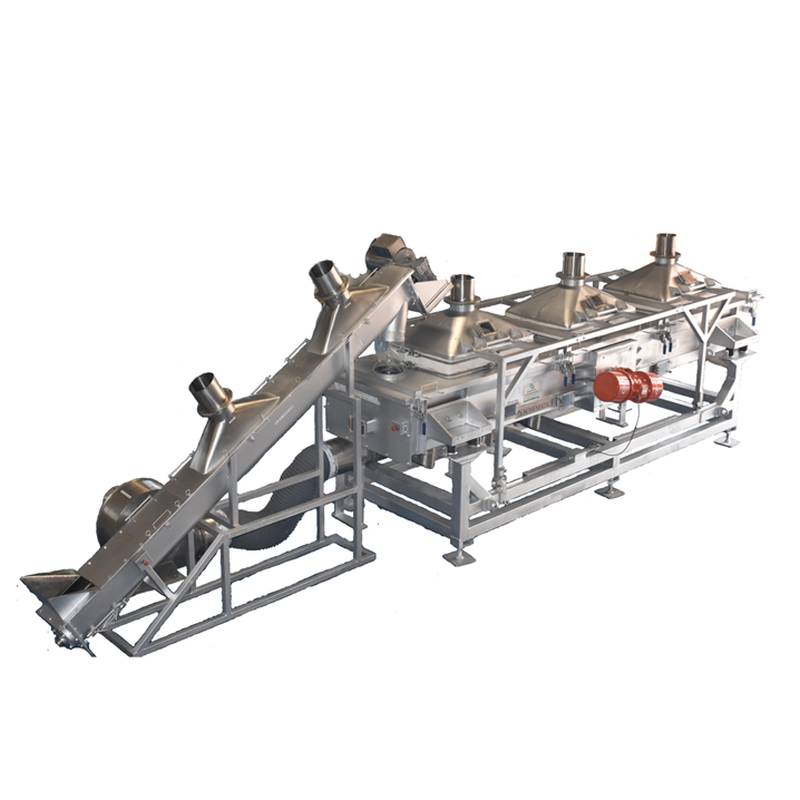
After thermal processes (e.g. roasting, baking, extrusion, sterilization) many food products (spices, herbs, nuts, extruded snacks, grains) exit at high temperatures and require cooling to ambient or safe packaging temperature before packaging. Traditional batch cooling may bottleneck throughput or degrade quality (e.g. moisture migration, heat stress). Continuous vibratory coolers provide a controlled, gentle cooling stage in-line.
Schematic’s Continuous Vibratory Cooling System is engineered specifically for food (and pharma) applications, with these key details:
- Used for materials like roasted spices, herbs, fruits, cooling of baked or toasted products, dried fruits, herbs, or botanicals before packaging
- Able to reduce exit temperatures from ~ 140-150 °C down to ~ 45 °C in a single pass
- Typical throughput up to 3 tonnes/hour, though scalable to customer specification
- Constructed in 304 / 316 stainless steel, with hygienic design, and options for screw, vibratory, or belt conveying depending on application preferences
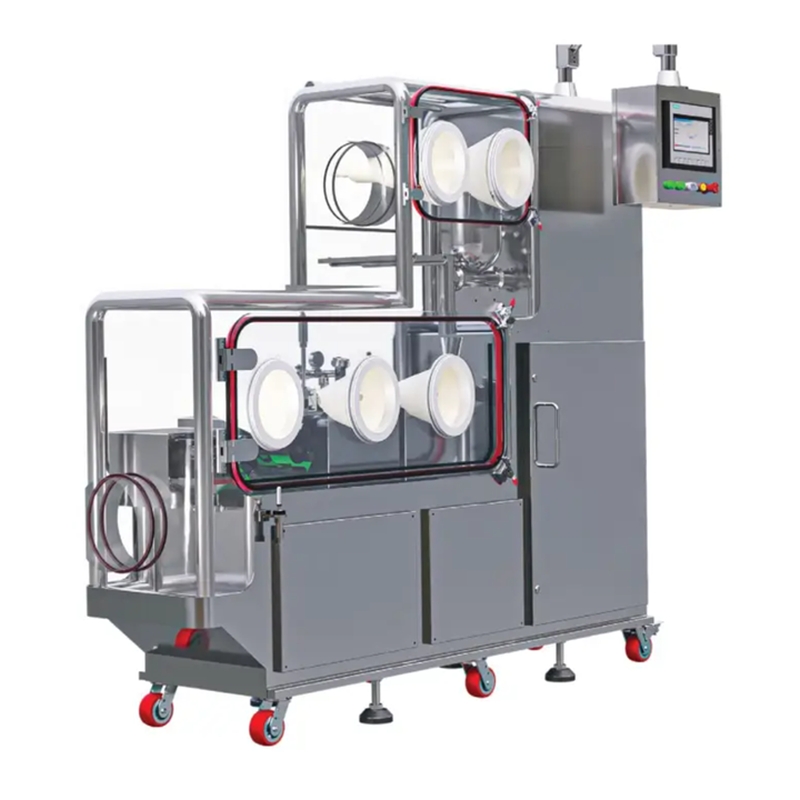
Hot melt extrusion (HME) is increasingly used in food / snack / ingredient sectors for processes such as texturizing, encapsulation, functional ingredient dispersion (e.g. carriers, encapsulated flavours or nutraceuticals), or forming novel food matrices. It involves heating a mixture until molten (or semi-molten) and forcing it through a die to shape or embed components.
The Schematic Technology group provides expertise in robust, hygienic extruder integration within continuous lines, offering:
- Clean (food-grade / sanitary) extruder housings, seals, and interfaces
- Feeding and dosing systems for powders, liquids, or premixes upstream of extruders
- Containment or enclosed housings when dealing with temperature-sensitive or volatile ingredients
- Cooling and downstream handling of extruded output to maintain shape, prevent sticking, and enable subsequent processing
- Instrumentation and control systems for thermal profiling, torque monitoring, and process stability
These capabilities help food manufacturers adopt HME approaches with confidence in hygiene, repeatability, and integration into larger processing lines.
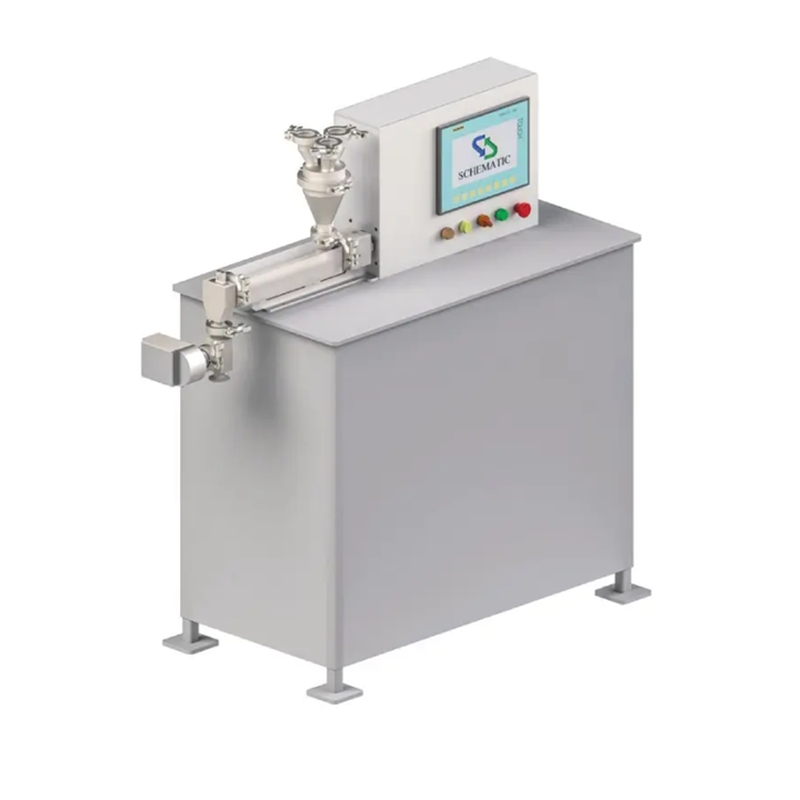
Continuous blending is vital for large-scale food production where consistent mixing of multiple ingredients (dry powders, granulates, flavoring agents, minor actives) is required without the batch-to-batch variability of batch mixers. Continuous blending enhances throughput, uniformity, and process control.
In this domain, the Schematic Technology group offers:
- Hygienic continuous blending modules designed for food contact, with CIP (clean-in-place) or accessible cleaning features
- Precision feed control of multiple ingredient streams (via mass flow, screw feeders, vibratory feeders)
- Residence-time control, recirculation loops, blending intensity tuning
- Enclosed blending housings or isolate-able blending zones to prevent dust escape or cross-contamination
- Seamless integration upstream/downstream (e.g. feeding extruders, further drying, packaging)
- Instrumentation (weight, torque, level, flow sensors) and control systems to maintain blend uniformity
This ensures that high-throughput mixing can proceed with tight tolerances and minimal manual intervention.

THERMOlite™ redefines industrial drying by uniting drying and milling in a single, continuous operation. This innovative approach simplifies the processing of powders and granules while eliminating the inefficiencies of conventional batch systems such as freeze, tray, drum, and spray drying. The outcome is a smarter, more reliable, and more economical solution built for today’s high-performance manufacturing needs.
- Integrates drying and pulverising into one continuous process
- Operates at a low temperature below 60°C for gentle processing
- Maintains nutrient, aroma, and colour integrity of raw materials
- Designed for continuous processing rather than traditional batch systems
- Achieves fine particle sizes — less than 100 microns
- Built for energy-efficient performance with minimal heat loss
- Simplifies workflow with reduced manual handling
- Available for both food and API industry applications


